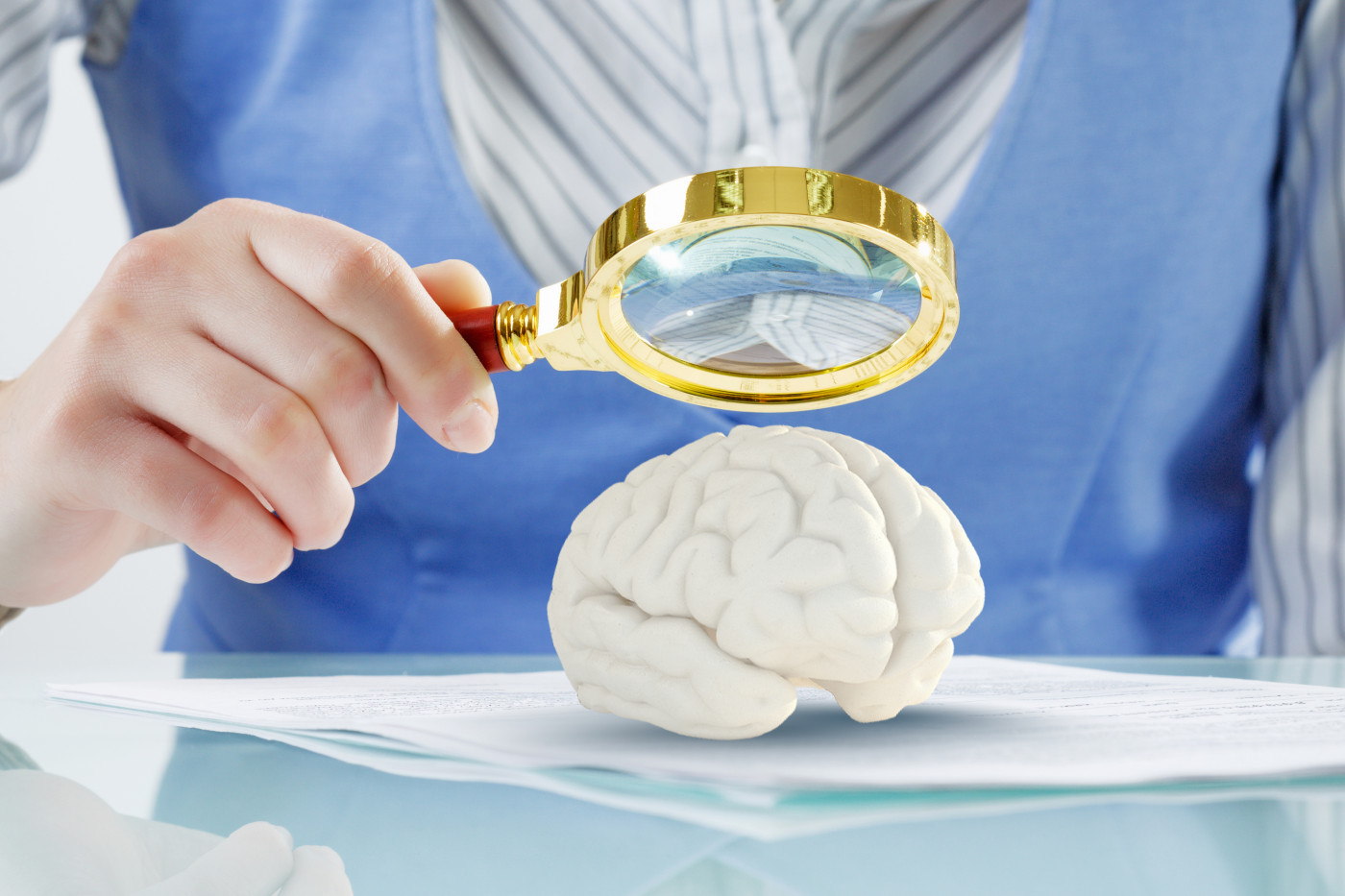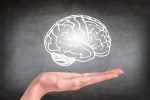Scientists ID 2 Brain Cells Likely Involved in Nerve Cell Repair
Written by |

Sergey Nivens/Shutterstock
Researchers have identified a molecular switch that awakens stem cells in a specific region of the mouse brain — and with their activation, two new types of glia, non-neuronal cells that play critical roles in brain function, also were discovered.
Notably, the development of these new glial cell types also was activated in a model of demyelination. In that process, which is what occurs in diseases like multiple sclerosis (MS), the fatty sheath called myelin that surrounds nerve fibers is lost.
These findings suggest that these glial cells may have a repairing role in neurodegenerative diseases, such as MS, or after brain injury.
According to the researchers, further studies are needed to better understand the roles of these cells and their therapeutic potential for such health conditions.
The study, “Release of stem cells from quiescence reveals gliogenic domains in the adult mouse brain,” was published in the journal Science.
The adult mammalian brain maintains a store of neural stem cells, which are self-renewing immature cells that can generate both neurons and glia. This is an important feature for learning, memory, and response to injury.
Glia, or glial cells — mainly divided into astrocytes, oligodendrocytes, ependymal cells, and microglia — are known to be involved in brain development. They’re also involved in myelin production and repair, in cleaning up debris, and in providing support and protection for neurons.
The neural stem cells located in the ventricular-subventricular zone of the brain are a major source of new neurons and glia, but the type of glia they produce is poorly understood.
Of note, the ventricular-subventricular zone is located in the outside wall of each lateral brain ventricle, the cavities that produce and are filled with cerebrospinal fluid, the liquid that surrounds the brain and spinal cord.
Now, a team of researchers from Biozentrum of the University of Basel, in Switzerland, along with colleagues in the U.S., shed light on the types of glia generated by neural stem cells in the ventricular-subventricular zone of the adult mouse brain.
Since many of the stem cells in this region are in a dormant state, sensing signals that may stimulate them to awaken and transform into new brain cells, the researchers first had to find out a way to activate them.
The team discovered that genetically deleting platelet-derived growth factor receptor beta (PDGFR-beta), a protein receptor found at the surface of these neural stem cells, released the cells from their dormant state and promoted the generation of neurons and glia.
“We found an activation switch for quiescent stem cells,” Fiona Doetsch, PhD, the study’s senior author and a professor of molecular stem cell biology at the Biozentrum, said in a university press release.
“It is a receptor that maintains the stem cells in their resting state,” Doetsch said, adding that the team was able to “turn off this switch and thus activate the stem cells.”
By being able to visualize the development of the activated stem cells into different nerve and glial cells in specific areas of the stem cell niche, the researchers found that some of them “did not develop into neurons, but into two different novel types of glial cells,” Doetsch said.
To the researchers’ surprise, one of these glial cell types was found at the surface of the wall of the brain ventricle instead of in the brain tissue. Here, these cells are continuously bathed by cerebrospinal fluid and interact with nerve fibers from other brain areas, suggesting that they may sense and integrate multiple long-range signals.
Notably, the researchers also found that both glial cell types were generated upon myelin loss in a model of demyelination, suggesting that they may work to repair myelin and nerve cell damage.
If this repairing role is confirmed, these cells could represent a new therapeutic target and approach for MS and other neurodegenerative diseases, as well as for brain injury.
In a perspective of the study’s findings, published in the same journal, Katherine T. Baldwin and Debra L. Silver wrote that “this discovery suggests that adult gliogenesis [glia generation] is more widespread than previously thought, laying the groundwork for potential regenerative therapies.”
Looking toward the future, Doetsch and her team would like to trace these new glial cell types, and to study their roles in normal brain function and how they respond to different environmental cues.
This type of information may help better understand brain plasticity, or the brain’s ability to modify its connections or re-wire itself. It also may help scientists learn more about how the renewal and repair of neural tissue occurs.






